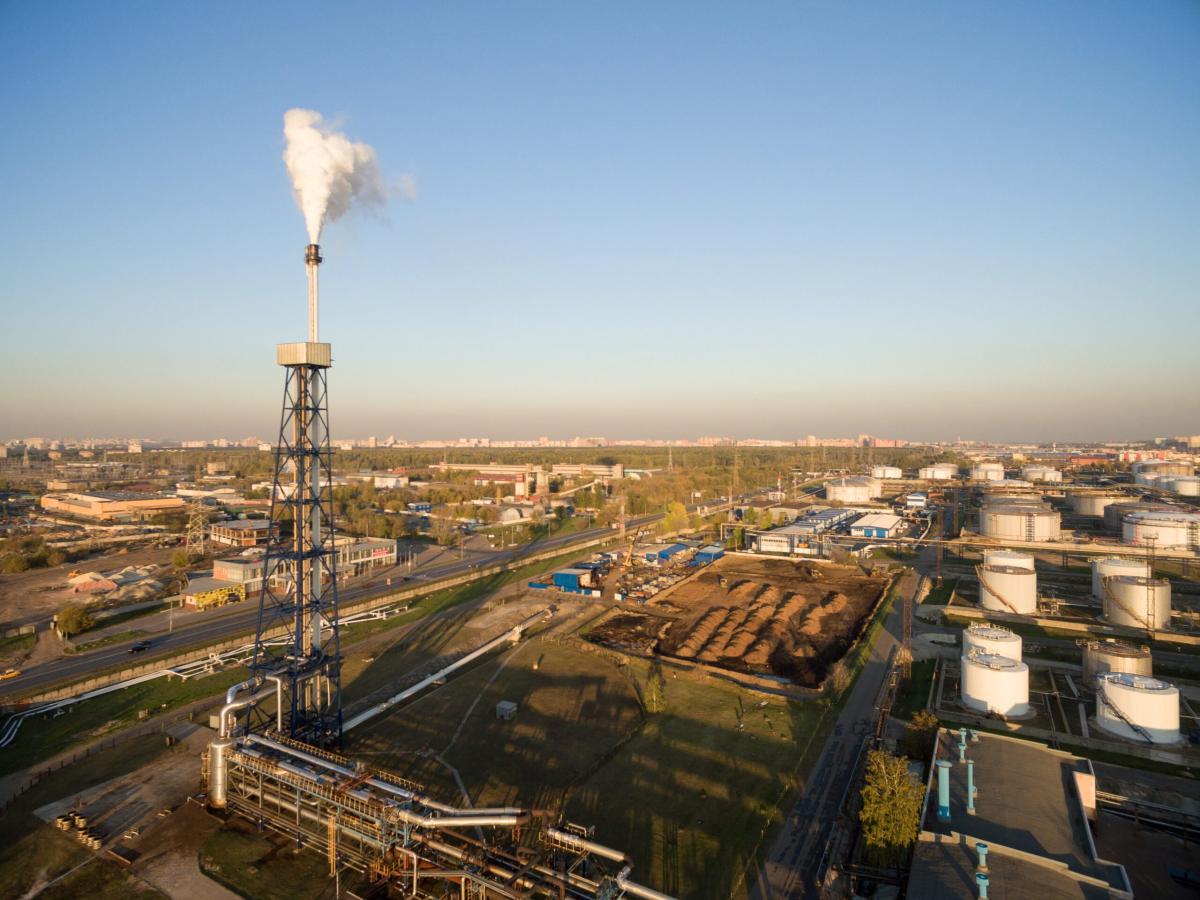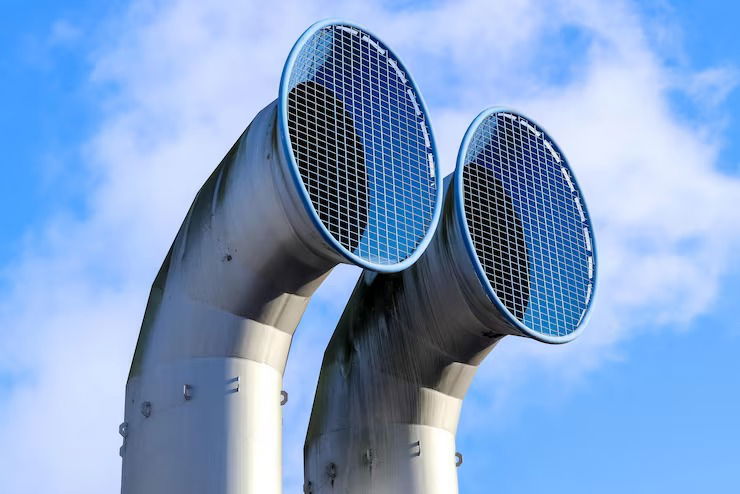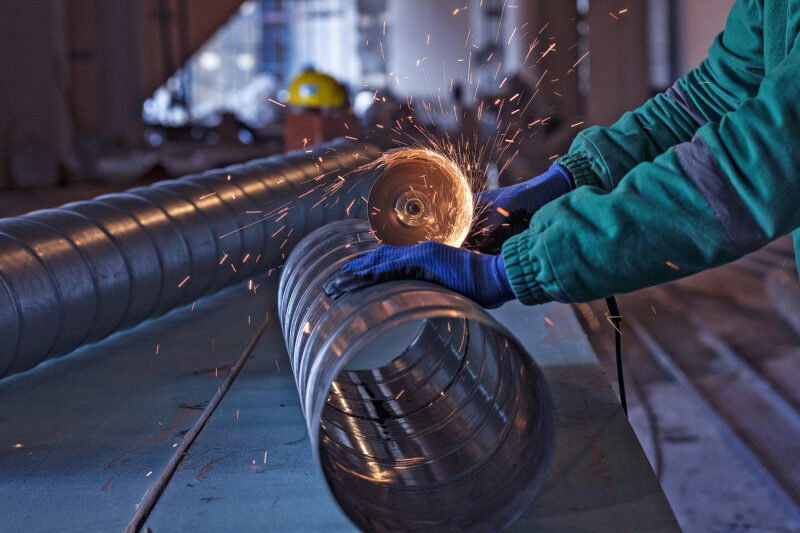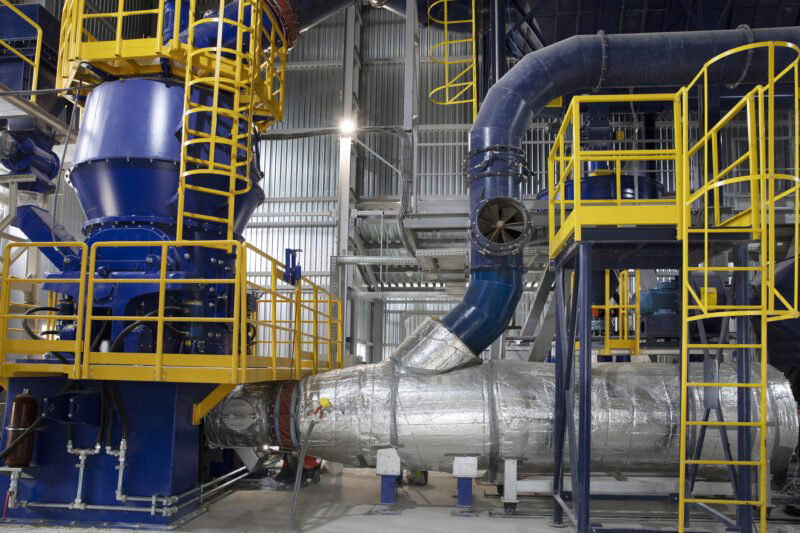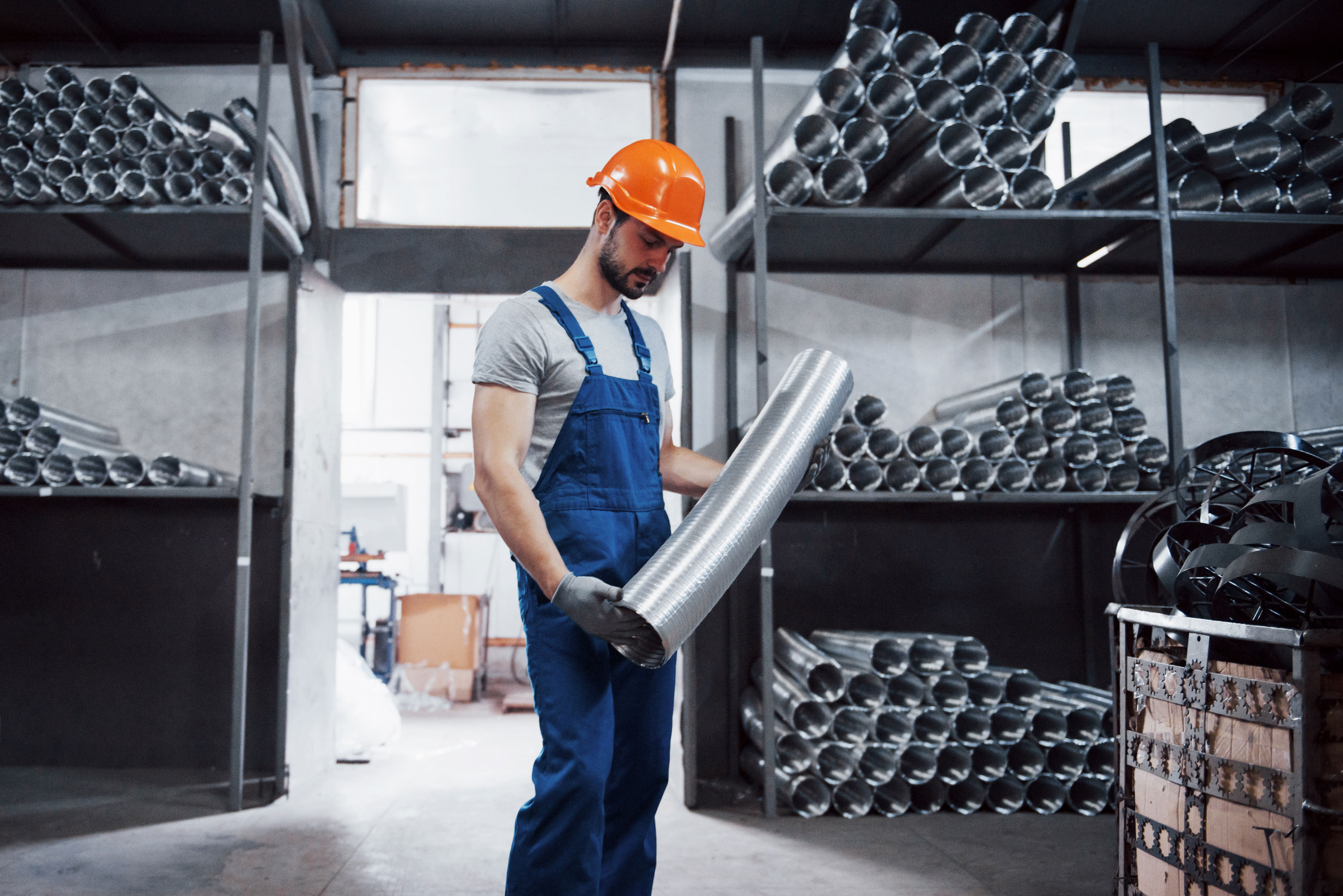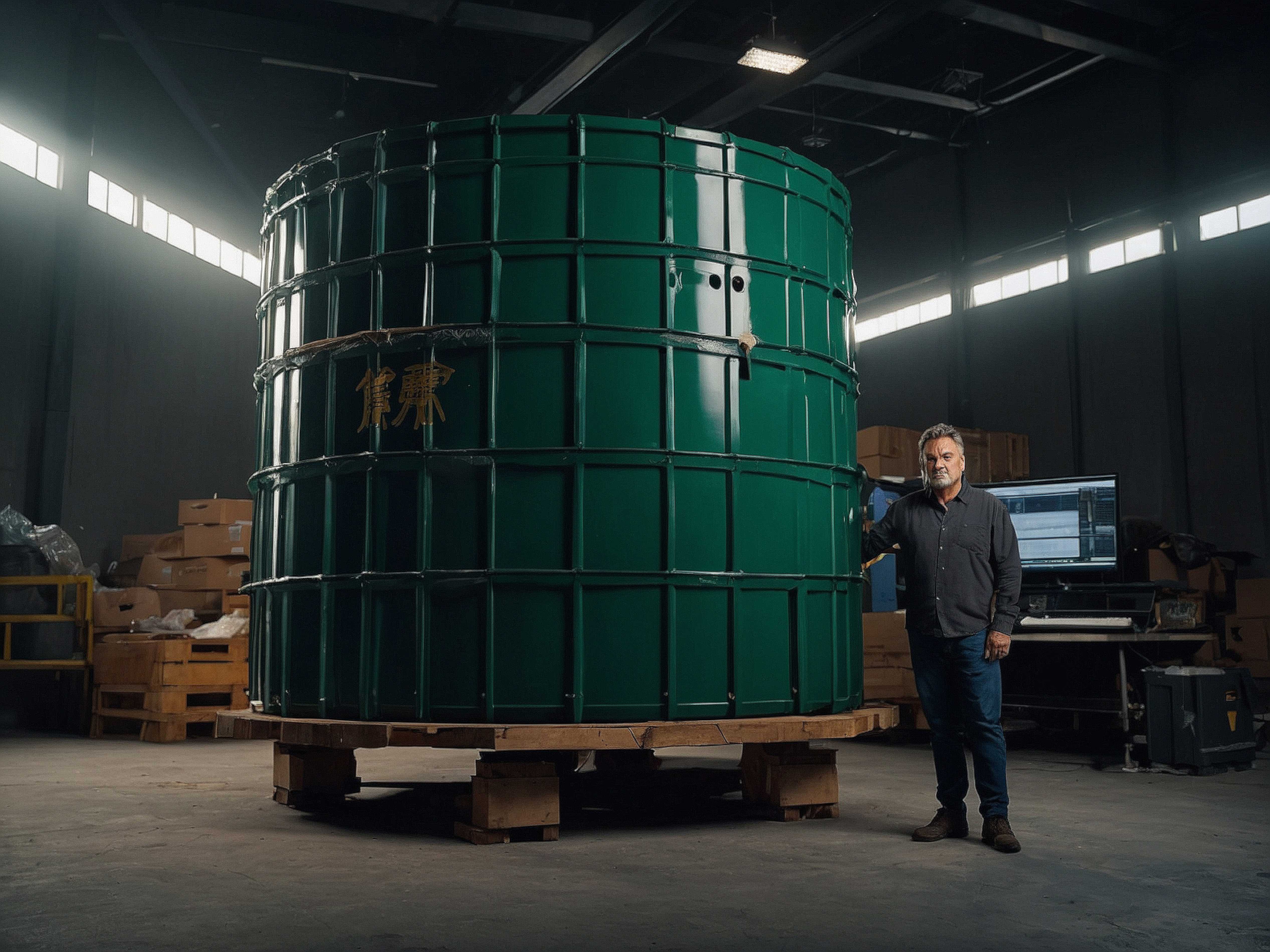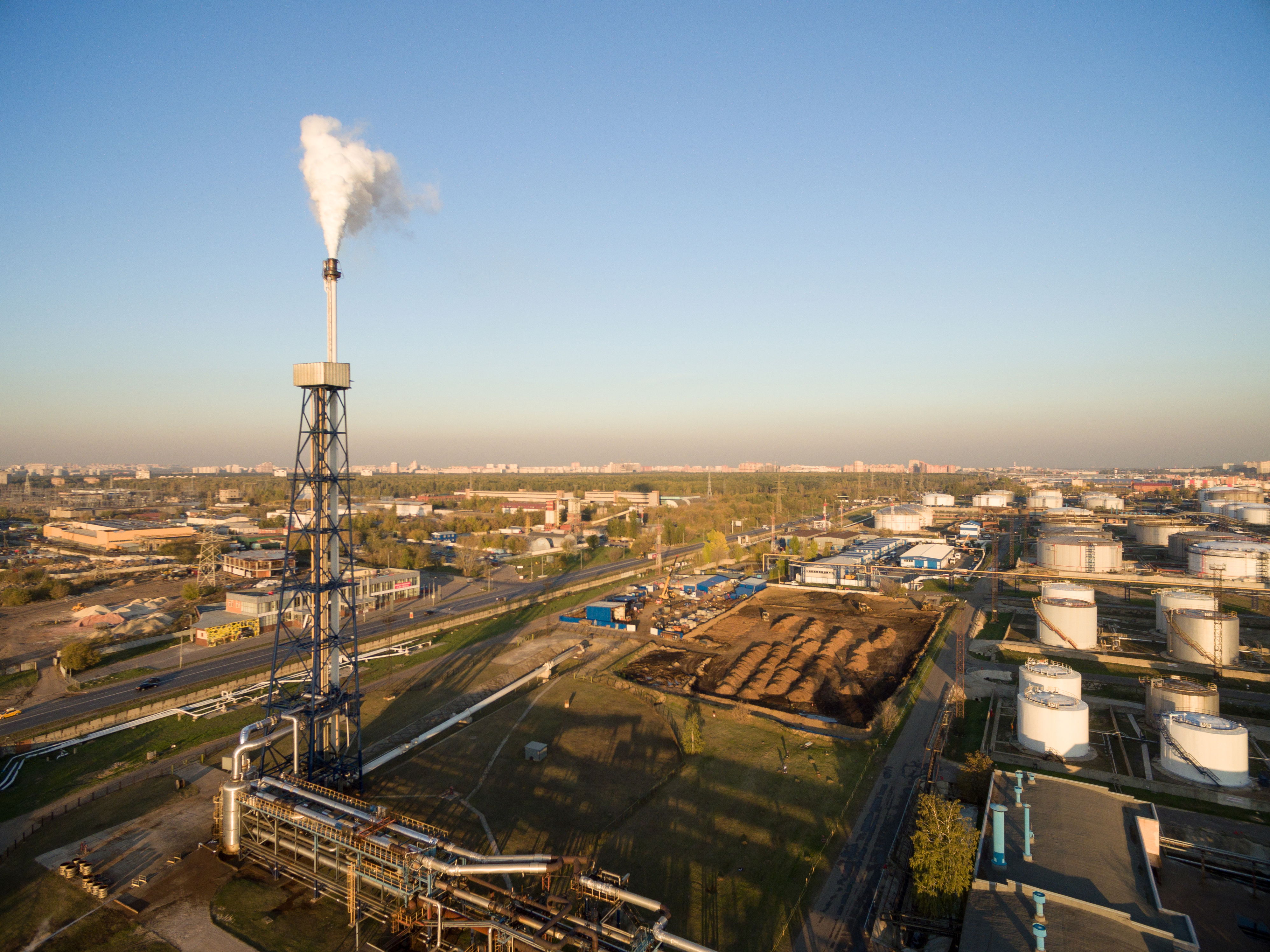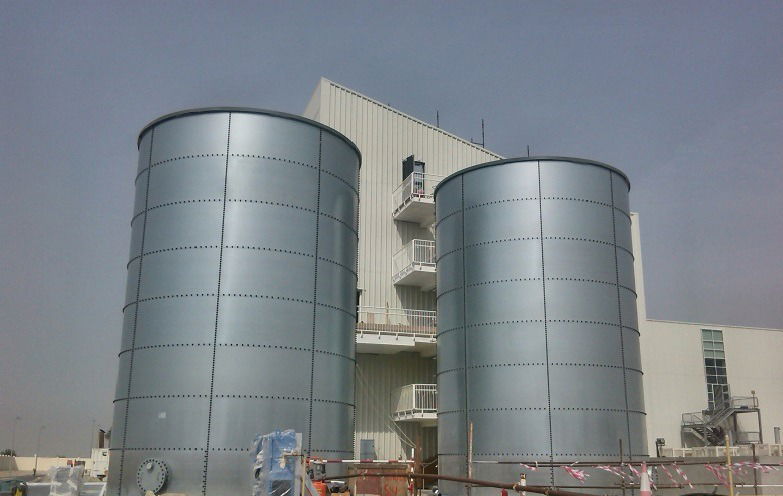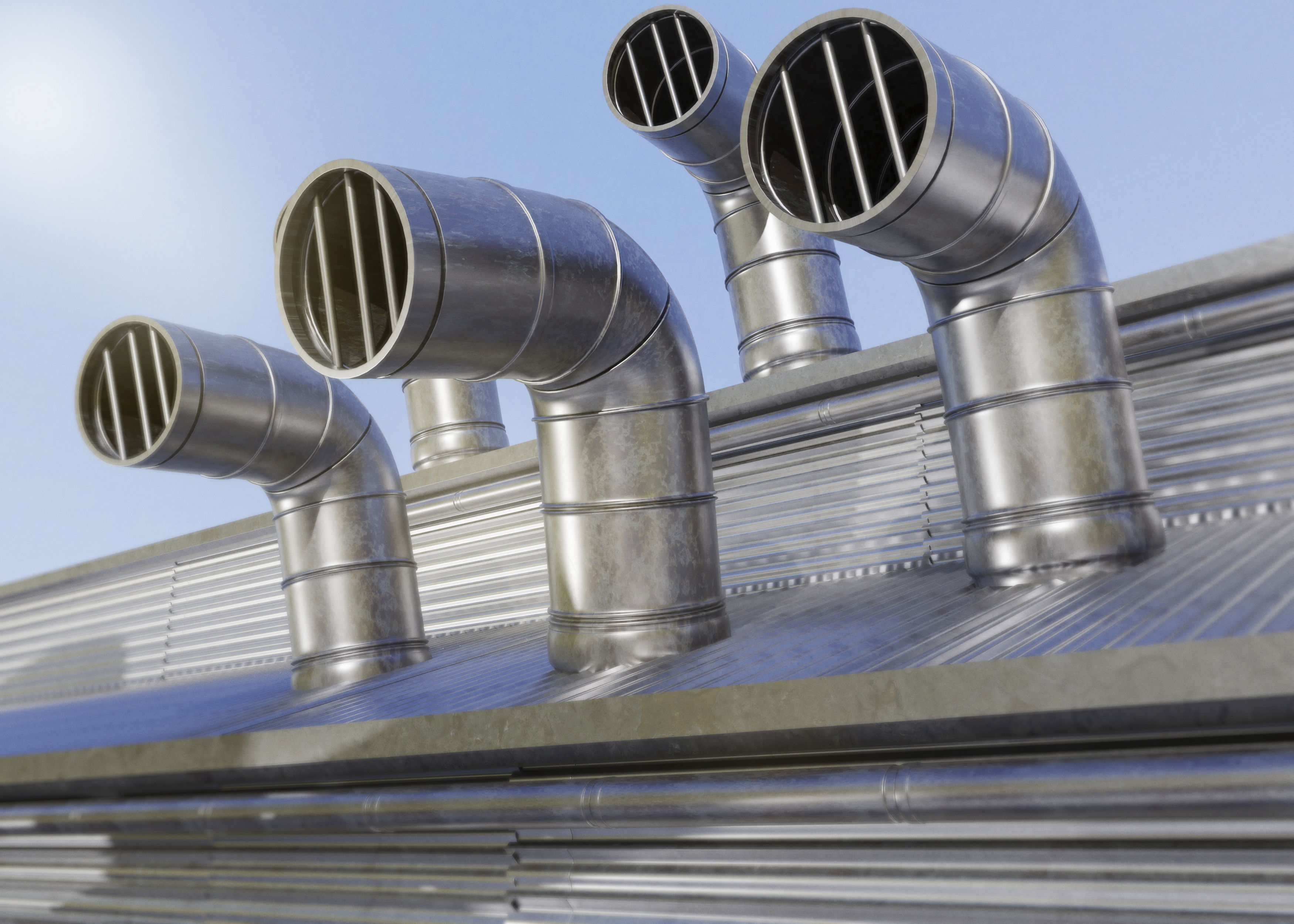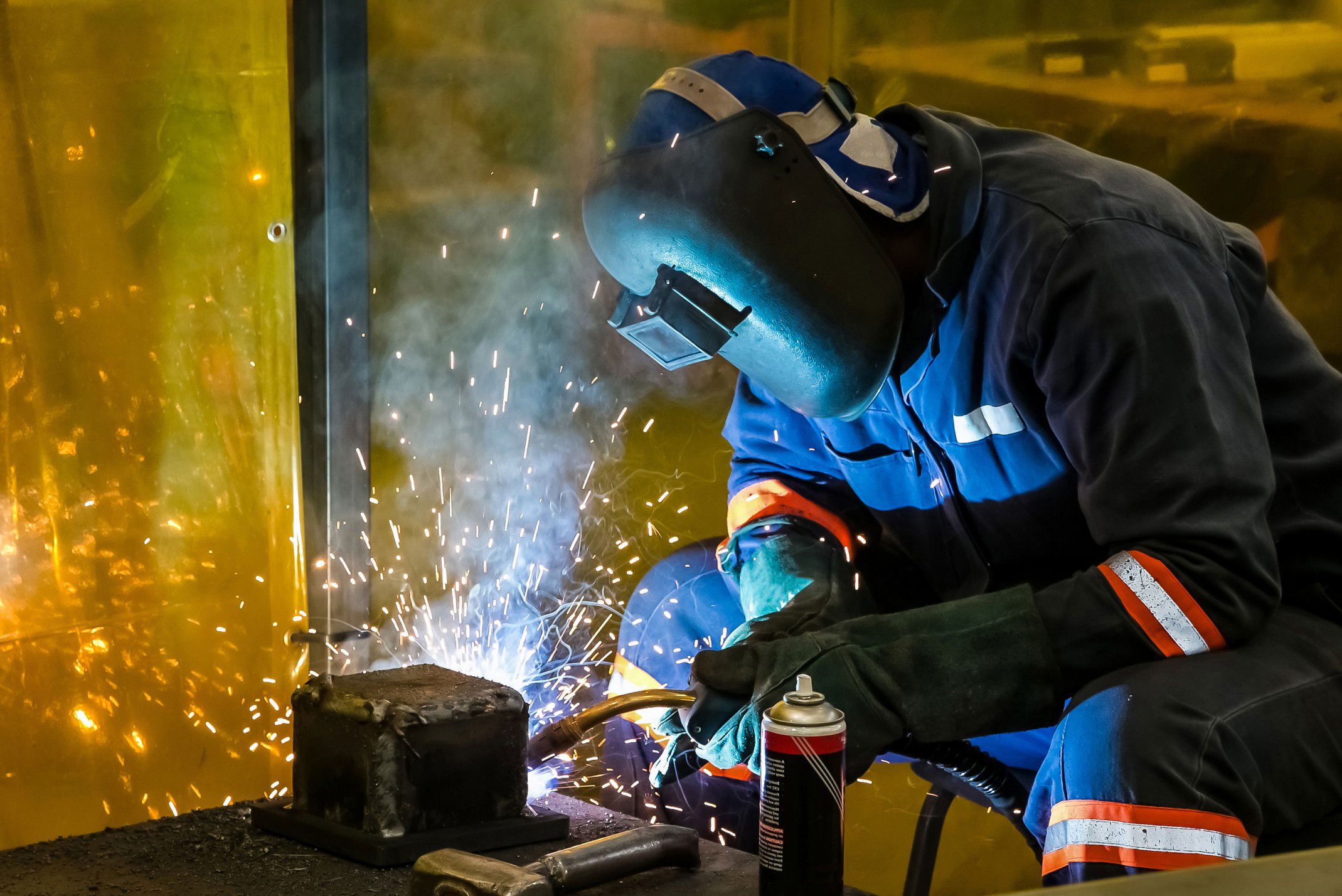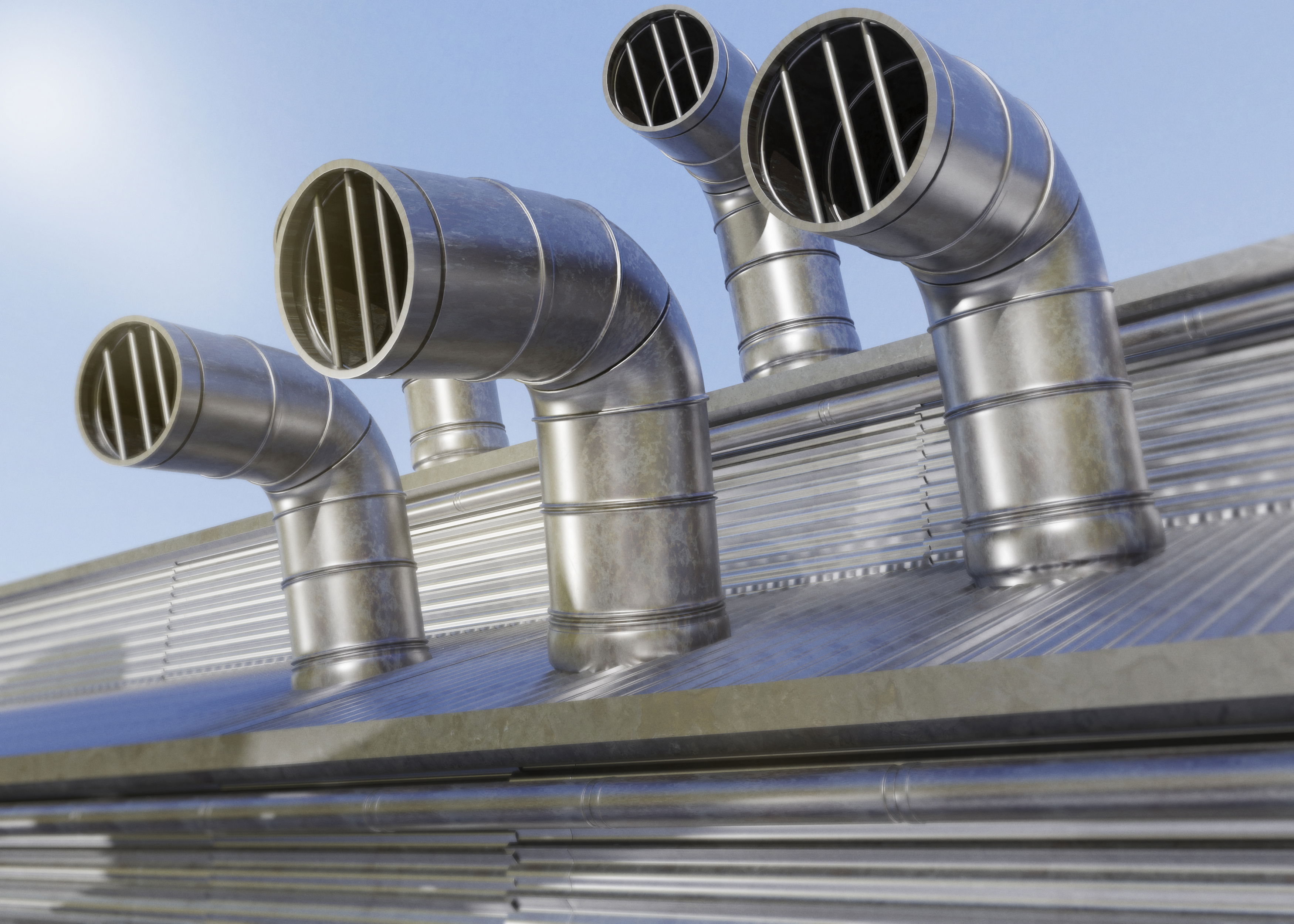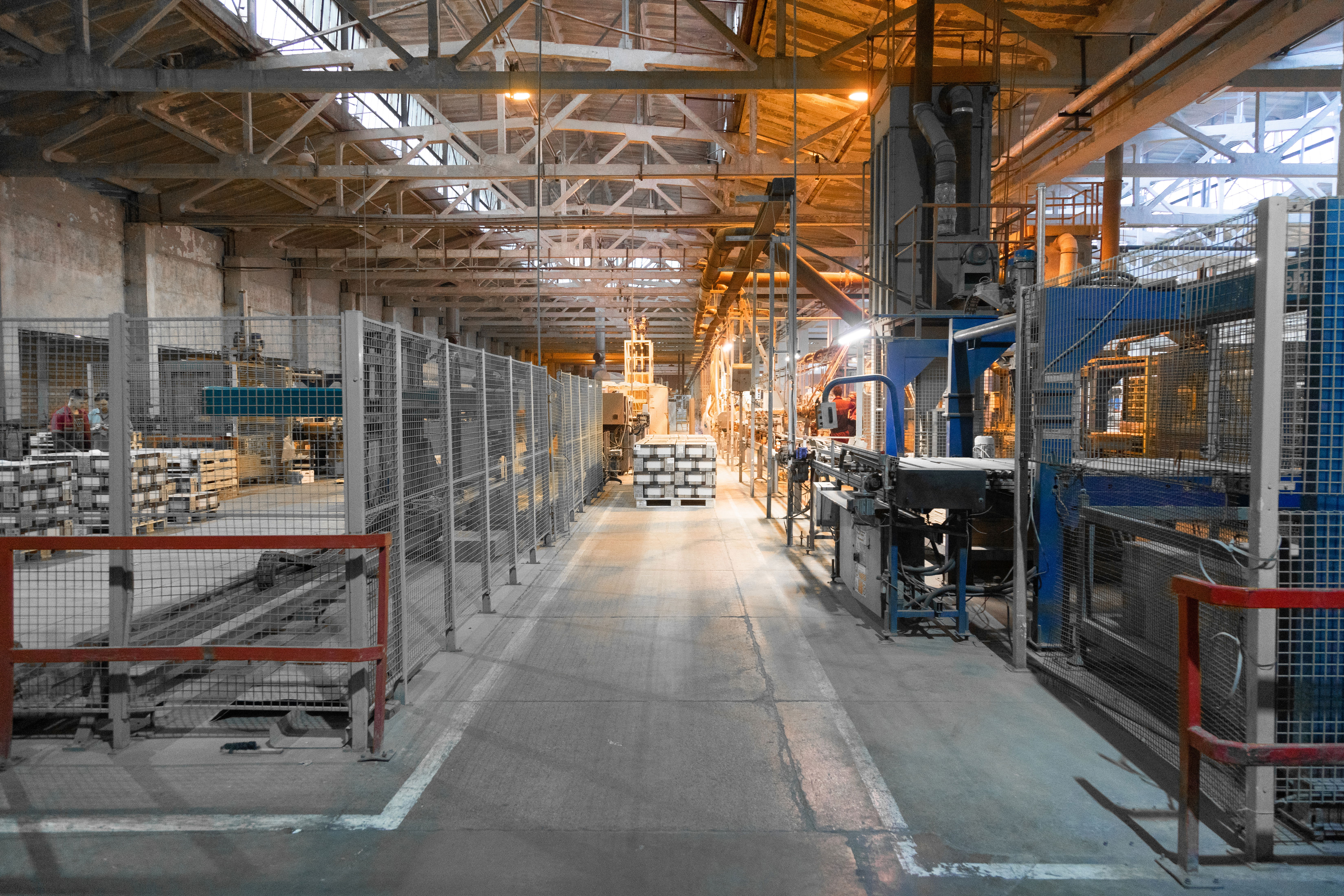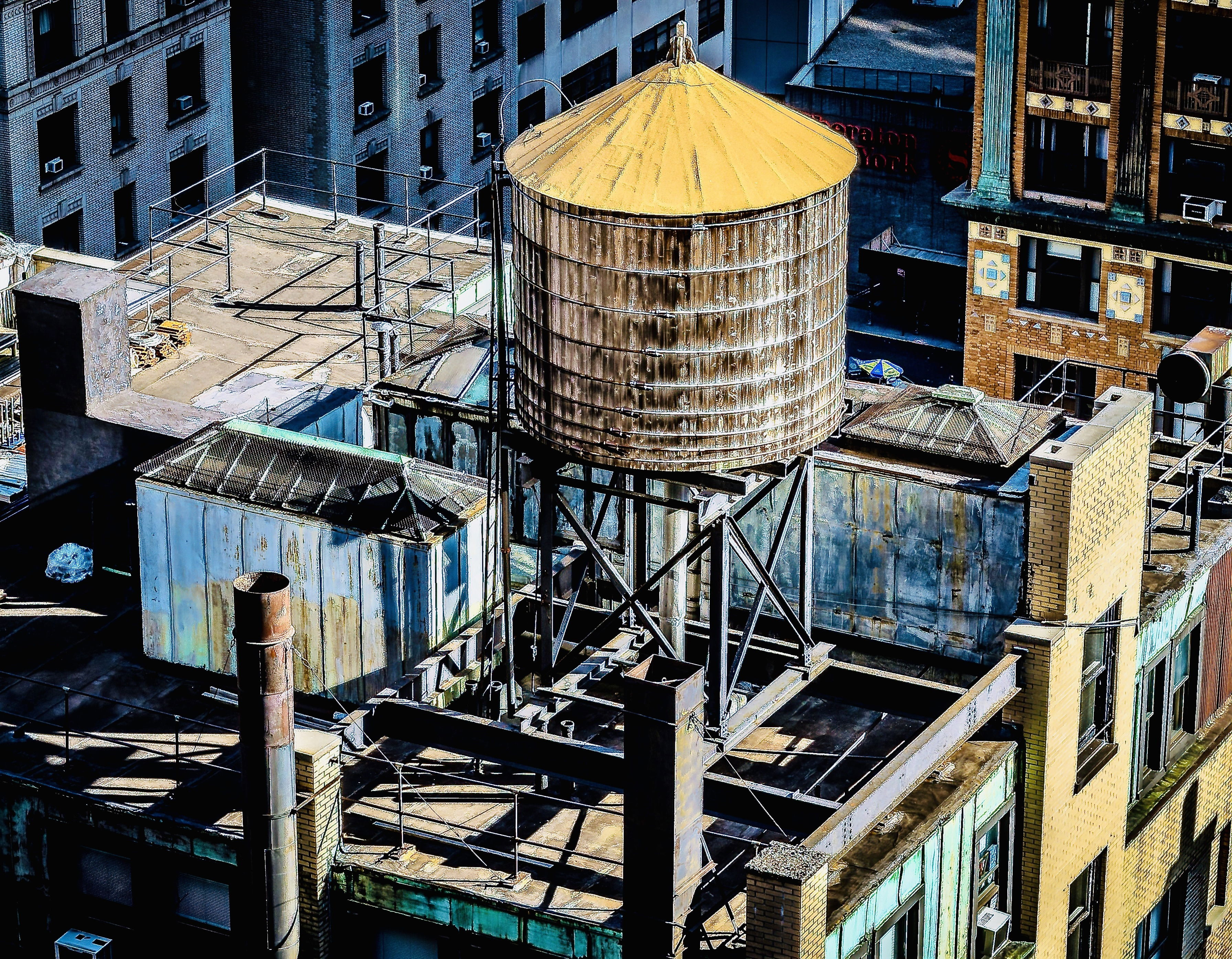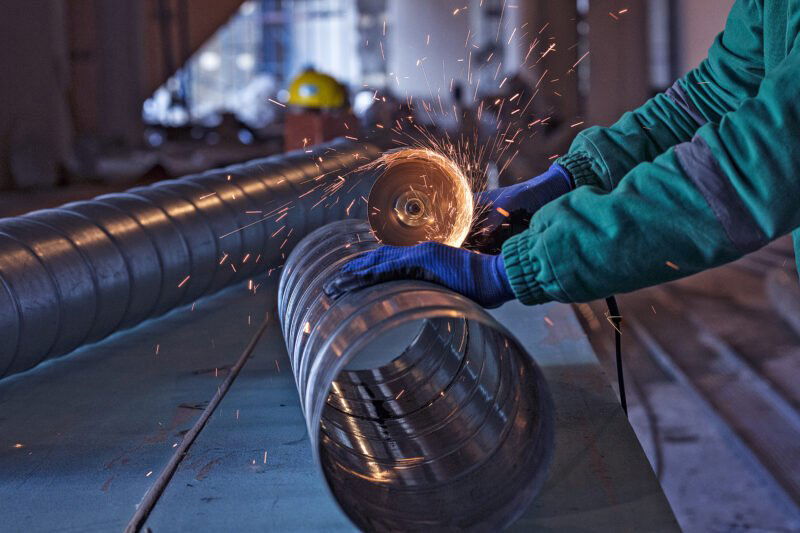Walk through any skyline in the UAE and you’ll see the outlines of ambition written in steel. Towers, bridges, oil refineries, desalination plants—all of them rely on a foundation of fabricated metal that holds up against extreme heat, desert winds, and relentless demands of modern infrastructure.
Walk through any skyline in the UAE and you’ll see the outlines of ambition written in steel. Towers, bridges, oil refineries, desalination plants—all of them rely on a foundation of fabricated metal that holds up against extreme heat, desert winds, and relentless demands of modern infrastructure. Behind this strength lies the work of steel fabrication companies UAE has fostered, and their story goes far deeper than cutting and welding.In this narrative, you’ll find how structural fabrication connects with piping systems, how pressure vessels safeguard industries, and why this region has become a hub for such specialized expertise. By following these threads, you uncover not just an industrial sector, but the story of resilience and adaptation.
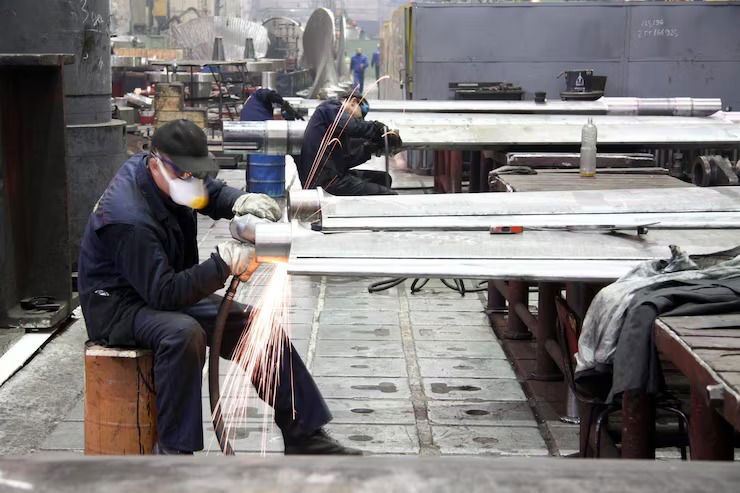
The Core: Steel Fabrication Companies in UAE
Steel fabrication is more than construction material; it’s about shaping raw steel into usable forms that meet specific project needs. When you look closer, it’s about problem-solving at scale. Every fabricated beam or panel carries the responsibility of safety and longevity. For the UAE, where mega-projects are not just common but expected, steel fabrication has evolved into a strategic advantage.What sets fabrication companies in the UAE apart is their scale of operations. From sprawling fabrication yards in Sharjah and Abu Dhabi to specialized facilities near the ports, these companies balance heavy-duty production with intricate detailing. Whether it’s a skyscraper frame or a precision bracket for offshore rigs, the principle is the same: precision under pressure.
Structural Steel Fabricators in UAE: Building the Skeletons of Progress
Every tower begins with a skeleton. Structural steel fabricators in UAE are the ones behind those skeletal frames that give buildings and bridges their form. Their work requires a rare combination of calculation and craftsmanship. Load-bearing capacities, seismic resistance, and wind loads must all be accounted for, especially in a region prone to extremes of weather and rapid urban expansion.As you explore the processes behind structural steel, you notice how digital tools are transforming the workflow. From CAD modeling to automated cutting and welding, today’s fabricators merge human expertise with machine precision. The result is steel frameworks that don’t just stand tall but stand smart—lighter, stronger, and optimized for both cost and sustainability.
The Veins of Industry: Piping Fabrication
Now imagine the lifelines of a refinery or a power plant. These aren’t the tall towers you see against the skyline, but the network of pipes weaving through every corner. Piping fabrication is what turns industrial designs into operational realities.Pipes fabricated in the UAE must handle more than just flow—they must resist corrosion, extreme temperatures, and high pressure. Picture a desalination plant on the Gulf coast. Seawater intake, brine discharge, treated water distribution—all depend on fabricated pipes built to last under saline conditions. Every weld is tested, every joint is inspected, because failure here doesn’t mean a small leak; it means entire plants coming to a halt.This precision is where UAE fabricators excel. You’ll find dedicated piping workshops where teams bend, cut, and weld pipes to exact specifications. The work doesn’t end with fabrication. Hydrostatic testing, X-ray scans, and ultrasonic testing form part of the routine, ensuring pipes perform flawlessly once installed.
The Safeguards: Pressure Vessels in the UAE
Pressure vessels are among the most critical components in industries such as oil, gas, power, and even food processing. These vessels are designed to store or transport gases and liquids at high pressure. A flaw in design or fabrication could have catastrophic consequences.Pressure vessels manufacturer in UAE operations follow strict international codes, such as ASME Section VIII, ensuring compliance with global standards. Yet, they also adapt to local environmental challenges. In desert climates, sand abrasion and high temperatures require special coatings. Along coastal areas, salt-laden air demands corrosion-resistant alloys.For you, looking into pressure vessels is really looking into the art of balancing design, material science, and safety culture. Each weld bead carries inspection stamps; each vessel undergoes tests for strength, endurance, and fail-safety. The result is a product that embodies the idea of engineering as protection.
Steel as a Story of Adaptation
What makes the UAE unique is how steel fabrication adapts to shifting industrial demands. Once focused heavily on oil and gas, fabrication companies now find themselves building for renewable energy projects, data centers, and sustainable urban infrastructure.Consider hydrogen storage—a rising trend in the region. Pressure vessels designed for hydrogen require higher precision and materials that resist embrittlement. Or think about solar thermal plants—structural steel frames there must support mirrors and collectors exposed to harsh sun and dust. These evolving demands push fabricators to experiment with new alloys, coatings, and design approaches.
Technology’s Hand in the Craft
You might assume steel fabrication is all about sparks and heavy lifting. But the heart of today’s UAE operations lies in digital integration. Computer-aided design ensures each piece fits into the larger project with millimeter precision. Automated CNC machines cut with accuracy no human hand can replicate. Robotic welders deliver consistency across thousands of joints.Yet, despite the automation, human expertise remains central. Engineers verify designs against standards, inspectors scrutinize welds, and skilled workers handle tasks where judgment still trumps machines. The synergy between digital tools and human insight creates the reliability industries demand.
Why the UAE Holds an Edge
So why has the UAE become such a hub for steel fabrication and vessel manufacturing? Part of it is geography. Positioned at the crossroads of global trade, the UAE naturally became a logistics and industrial hub. Another factor is demand. With oil, gas, power, desalination, and construction projects growing rapidly, the region created a steady pull for fabrication expertise.But there’s also intent. National development strategies emphasize self-reliance in critical infrastructure. That means investing in local fabrication capacity, certifications, and training. The result is a workforce and industrial base capable of meeting global standards without leaving regional borders.
Read More:- Structural Steel Fabrication Company UAE | Berg Industries
Looking Forward: Sustainability in Steel
Sustainability is no longer a buzzword; it’s becoming central to steel fabrication in the UAE. Companies are adopting recycled steel, reducing waste in cutting processes, and investing in energy-efficient production methods. Structural steel fabricators are exploring lighter alloys that reduce overall material usage while maintaining strength.In the bigger picture, steel fabrication will be tied increasingly to green infrastructure. Offshore wind projects, hydrogen storage facilities, and carbon capture plants will demand customized fabrication solutions. The story here isn’t just about responding to demand—it’s about anticipating the next wave of industrial needs.
A Living Machine
When you connect the dots—steel fabrication companies UAE leading projects, piping fabrication shaping industrial arteries, pressure vessels anchoring safety, and structural steel fabricators in UAE giving form to ambition—you see a living machine at work. It’s a system where every part supports the other, where precision translates into reliability, and where resilience is built piece by piece.If you’re researching or analyzing this sector, you’ll notice the story isn’t frozen in time. It’s dynamic, evolving with every project and every shift in global demand. The UAE has turned fabrication into more than a process; it has turned it into a capability that underpins national progress.
Closing Reflection
Steel, pipes, and vessels may look like industrial objects from the outside. But when you follow their story in the UAE, you discover they’re more like silent actors on a massive stage. They hold up the skylines, safeguard the plants, and channel the lifeblood of industries.And so the story continues—weld by weld, vessel by vessel, pipe by pipe—crafting not just today’s infrastructure but tomorrow’s resilience.
